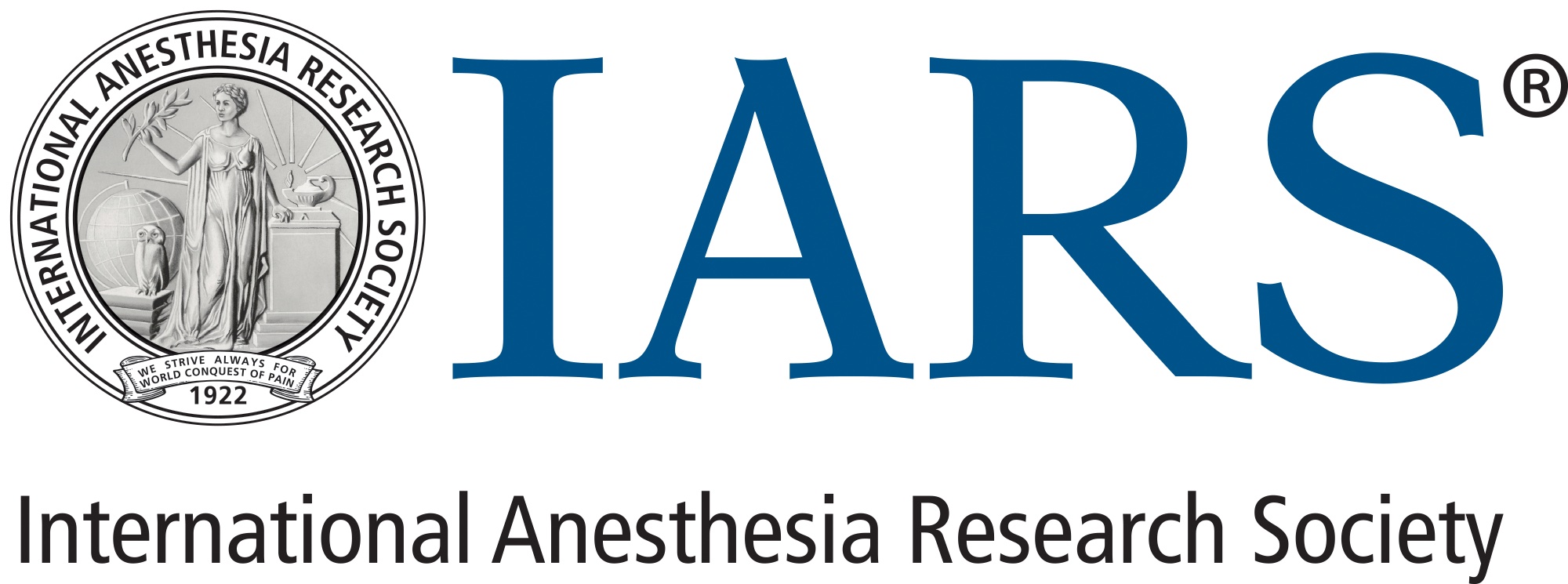Double Trouble – An Approach to Mechanical Circulatory Support
Uday Agrawal, MD
Do we support the left heart, right heart, or both? Do we even offer support? When we do offer support, how do we decide if and when to wean the support? Vadim Gudzenko, MD, Medical Director of the Extracorporeal Membrane Oxygenation (ECMO) service at the University of California Los Angeles (UCLA), moderated this invigorating panel, “Double Trouble: A Totally Uncontroversial Guide to Biventricular Temporary Circulatory Support,” on Saturday, March 22 at the 2025 Annual Meeting, presented by IARS and SOCCA. The panelists explored their institutional approaches to temporary mechanical support and decision-making in the evolving, yet still quite relatively data-free zone.
Christina Creel-Bulos, MD, BSN, Medical Director of the Emory Healthcare ECMO Center, opened the discussion with an inspiring acknowledgment that she was raised by an ECMO survivor herself. She broke down the complexity of devices to mechanically support the heart as “Thing 1” and “Thing 2” referring to left ventricular assist devices (LVADs) and right ventricular assist devices (RVADs), respectively. In both cases, she noted there were several ways to categorize the types of devices (e.g. pulsatile vs continuous, percutaneous vs surgical) and it is critical to know the exact device utilized for each patient and how this may impact physiological monitoring. For example, she noted the importance of multimodal investigation of hemodynamic disturbances incorporating diagnostic markers of perfusion, clinical exam, device parameters, and interpretation of the hemodynamic waveforms with caution as the devices may render a few of these values (e.g., pulmonary capillary wedge pressure, cardiac output) to be unreliable.
Most importantly, she recognized echocardiography and repeated assessment as essential for evaluating hemodynamic status. She closed by recognizing how much we have learned from the initial studies in the 1960s, but acknowledged that procedural complications and iatrogenesis continue to impact patients who receive mechanical circulatory support, so careful patient selection is critical.
Krisztina Escallier, MD, Clinical Assistant Professor of Anesthesiology at the Keck School of Medicine of the University of Southern California, followed by emphasizing the importance of a goal-oriented framework and sense of urgency when considering the decision to initiate mechanical circulatory support and approaching daily management. She invoked a famous scene from Star Wars where the protagonists were trapped in a garbage compactor fighting against time and compared it to the constant re-evaluation of management approach and of an exit strategy for temporary mechanical circulatory support starting as early as its initiation. In particular, she highlighted that temporary mechanical circulatory support is a bridge and must be a bridge to somewhere (e.g., transplant, durable mechanical support, recovery, or palliation). As an intensivist, she also outlined key guidelines for daily management including approaches and critical questions to consider when optimizing global perfusion while avoiding overflow and constant re-evaluation to mitigate the sequela of critical illness that may impact patient trajectories.
Finally, Tao Shen, MD, Assistant Professor at Cedars-Sinai Medical Center, closed the session by outlining her institutional approach to weaning temporary mechanical circulatory support acknowledging the relatively data-free zone. Most importantly, she reinforced the sentiments of Dr. Creel and Dr. Escallier that trajectories and the destinations of patients on mechanical circulatory support are fluid and must be constantly re-evaluated given the time limited nature of the ability to provide mechanical support. She stated her approach to weaning incorporating regular multimodal clinical assessment with incremental reduction of flow rates and ongoing monitoring, but recognized that the overall approach must be tailored to each individual patient. She asked thought-provoking questions about weaning strategies including whether an optimal duration of myocardial rest exists prior to weaning and described that the right ventricle may be able to recover faster than the left ventricle and may therefore benefit from earlier weaning, though additional studies are needed.
These panelists provided thoughtful frameworks to approach this physiologically and ethically complex topic that is rapidly advancing, reflected in the questions they received from the audience including “How do we know when to escalate from LVAD to biventricular support?” and “What is the intuitional approach to patients with a bridge to palliation?” It will be fascinating to follow the work of these panelists closely as we accumulate enough evidence to answer these essential questions.
International Anesthesia Research Society
